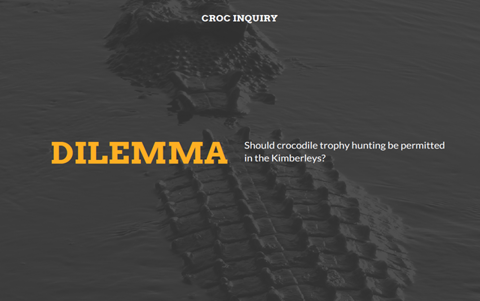Saltwater crocs: resourceful or a resource?
This lesson focuses on the analysis of a dataset that records scientific data collected about the crocodile population in the Kimberley region during 2015. The lesson follows an inquiry process where students use the dataset to answer relevant questions about the crocodile population. It also provides an opportunity for students to learn about Aboriginal and Torres Strait Islander histories and cultures, and sustainability.
Additional details
| Year band(s) | 5-6, 7-8 |
|---|---|
| Content type | Lesson ideas |
| Format | Web page |
| Core and overarching concepts | Data acquisition, Data interpretation |
| Australian Curriculum Digital Technologies code(s) |
AC9TDI6P01
Define problems with given or co developed design criteria and by creating user stories
AC9TDI6P07
Select and use appropriate digital tools effectively to create, locate and communicate content, applying common conventions
AC9TDI6P08
Select and use appropriate digital tools effectively to share content online, plan tasks and collaborate on projects, demonstrating agreed behaviours
AC9TDI8P02
Analyse and visualise data using a range of software, including spreadsheets and databases, to draw conclusions and make predictions by identifying trends |
| Keywords | Data science, Dataset, Fauna data, Crocodiles, STEM, Science, Scientific method, Higher order thinking, Spreadsheets, Data representation, Data analysis, Data visualisation, Mapping, Latitude, Longitude, Google maps, Excel, Numbers, Cross-curriculum priorities, sustainability, Aboriginal and Torres Strait Islander, Country, Peoples, Culture |
| Integrated, cross-curriculum, special needs | Mathematics, Science, STEM |
| Organisation | ESA |
| Copyright | Creative Commons Attribution 4.0, unless otherwise indicated. |
Related resources
-
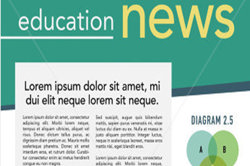
Home/School communications
In this lesson sequence, students use big data sets and school surveys, to design (and as an extension activity, make) a new digital communication solution for the school.
-
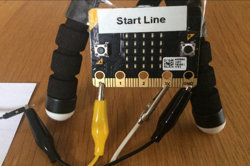
Creating a digital start line and finish line with micro:bits (Years 7-8)
The following activity suggests one-way Digital Technologies could be integrated into a unit where vehicles are being designed and produced.
-
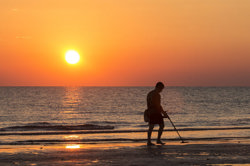
DIY micro:bit metal detector (Years 5-6)
This activity shows one way to incorporate Digital Technologies into a goldfields unit in an authentic way using a micro:bit.
-
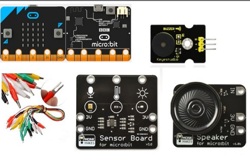
Classroom ideas: Micro:bit Environmental Measurement (visual programming) (Years 5-6)
This tutorial shows the coding needed for digital solutions of some environmental issues that can be created using pseudocode and visual programming.
-
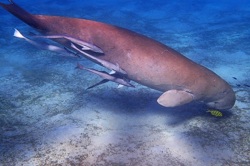
Data Science STEM resources
Here are some authentic datasets collected by research scientists studying marine and coastal animal populations.
-

Food Fact Finder
As students investigate claims made on packaging about the nutritional benefit of foods, they consider how they might develop a digital solution to make it easier for consumers to quickly weigh up decisions about different options.
-

Protecting dugongs
The Western Australian Marine Science Institution has been collecting data about dugongs off the coast of the Kimberley in Northern WA.
-
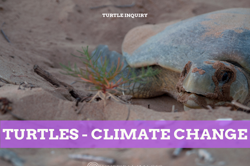
Turtles: impact of climate change on Flatback turtle populations
The lesson follows an inquiry process in which students use a dataset to answer relevant questions about the turtle population.
